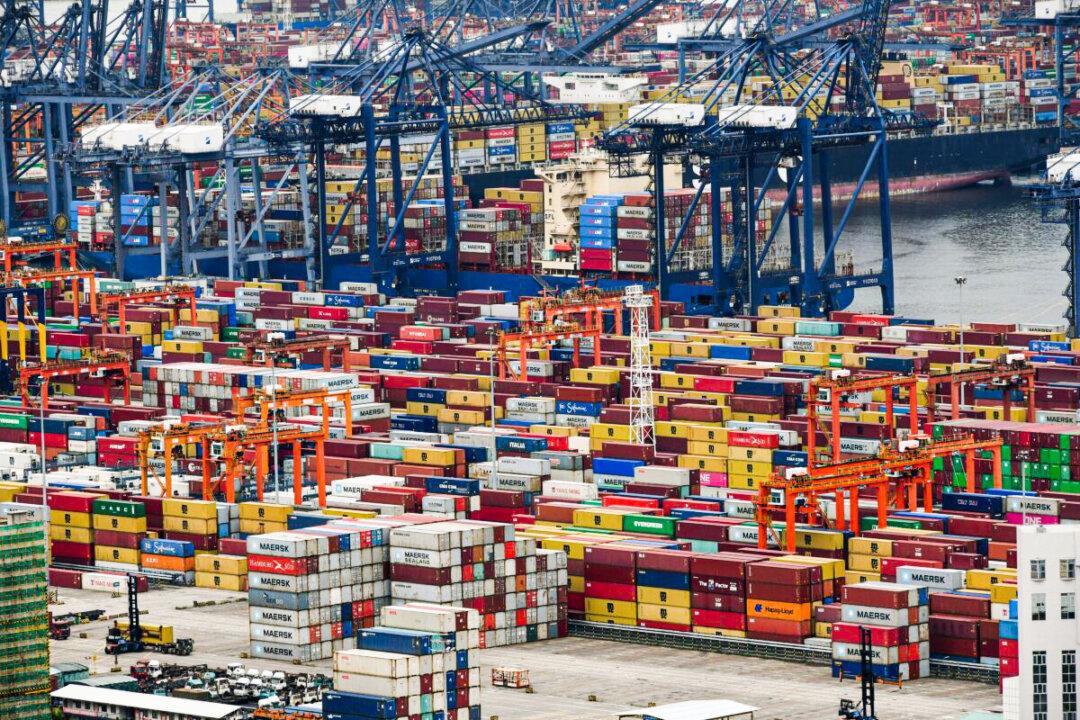News Analysis
Consumer prices jumped 7 percent in 2021, the largest annual increase in nearly four decades. After months of increasing prices, the most pressing question now is: Has inflation in the United States peaked?


Consumer prices jumped 7 percent in 2021, the largest annual increase in nearly four decades. After months of increasing prices, the most pressing question now is: Has inflation in the United States peaked?